Appel à Contribution – Journée IHSS-France – Le vendredi 19 juillet à Toulon
Le Groupe Français IHSS organise une journée spécifique autour de la MO dans le cadre du Workshop WOMS13 (WorkShop on Organic Matter Spectroscopy). Cette journée s’organisera autour des thèmes suivants :
– Analyse des MON et suivi en milieu naturel (monitoring)
– Role des MON dans le transport/mobilité des métaux
– Rôle des MON dans le transport/mobilité des contaminants organiques
– Rôle des MON dans la dégradation (photo-induites/biodégradation) des contaminants
– Transport des MON vers les aquifères, i.e. stockage des MON dans les sols !
– Dynamique temporelle et spatiale de la MON en milieu naturel (mobilité/réactivité) ???
Il sera possible de participer à cette journée de 3 manières :
– En simple participant, pour cela il suffira de s’inscrire en ligne pour la journée à partir du site www.woms13.fr
– En présentant un poster : Pour cela, transmettre un résumé d’une page en format pdf, avec le titre les auteurs et leurs affiliations pour la constitution du programme à contact@ihss.fr (prévoir le logo IHSS sur le poster). Le bureau fera une sélection des propositions en fonction du nombre de panneau disponible pour la manifestation. Si vous participez également aux trois journées woms13, les posters seront exposés en même temps que ceux du woms13, bénéficiant d’une audience plus large.
– En faisant une présentation orale : Pour cela, transmettre également un résumé d’une page en format pdf, avec le titre les auteurs et leurs affiliations pour la constitution du programme à contact@ihss.fr. Le bureau fera une sélection des propositions, et pourra vous proposer en fonction du nombre de créneaux et de la qualité du sujet, de transformer votre contribution en poster.
Les langues officielles de la journée GF-IHSS sont le français et l’anglais, les participants du WOMS13 ont également la possibilité d’assister au présentation de l’IHSS.
Les résumés sont à transmettre avant la mi-mars – Résultat des sélections mi-mai
Le Groupe Français IHSS donnera la préférence aux travaux présentés par des doctorant-es portant sur les thématiques de la journée, ou à des communications de chercheur-es chevronné-es présentant un travail d’ordre général apportant un éclairement et une avancée pour la recherche actuelle sur la matière organique.
Tarifs (hors logements et extra) :
|
Participation à la journée seulement (1 jours) |
Participation à la journée GF-IHSS et au WOMS13 (4 jours) : |
Réduction Membre IHSS (donner n° adhérent) |
|
|
Chercheur-es |
100€ |
350€ |
-50€ |
|
Etudiant-es / Sans Emploi |
60€ |
150€ |
-50€ |
Logement : Il sera possible de réserver une chambre au CLOUS de l’université de Toulon à condition de valider sa participation avant fin avril.
Repas : Il est prévu un repas-buffet le midi sur le lieu de la conférence.
Plan d’accès :
Par Train : Arrivée à la Gare SNCF de Toulon puis prendre le train ligne 191 à partir de la place de la liberté (20 min)
Par Avion : Arrivée Aéroport de Hyère-Toulon. Puis prendre un taxi ou ligne 103 arrêt Université (env. 30 min)
En voiture : En arrivant de Marseille : Traverser Toulon, suivre l’autoroute et prendre la sortie Université.
En arrivant de Nice, prendre la sortie n°6 La bastide Verte.

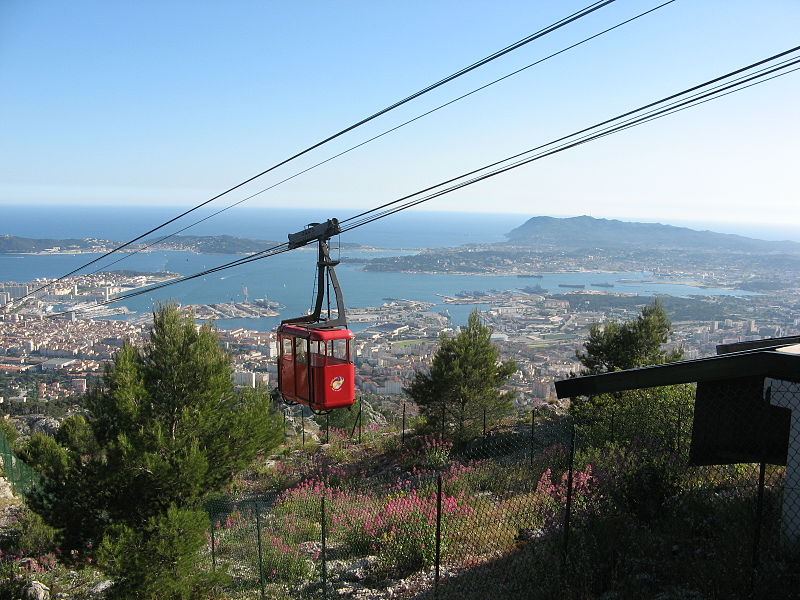
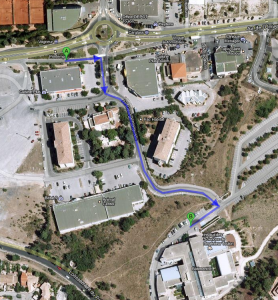
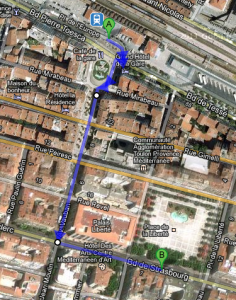
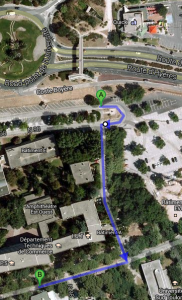








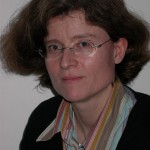 Nadège Thirion-Moreau
Nadège Thirion-Moreau